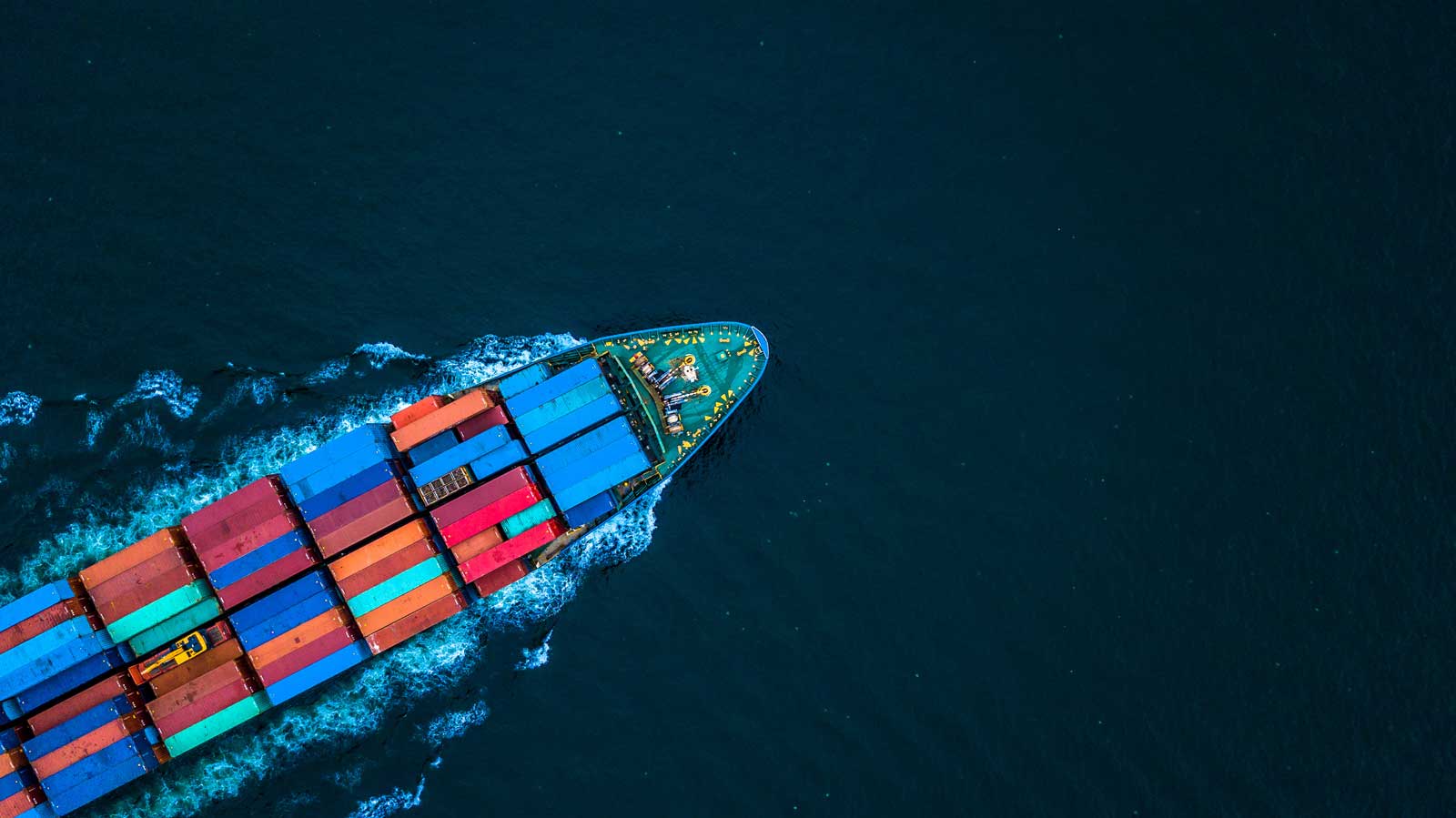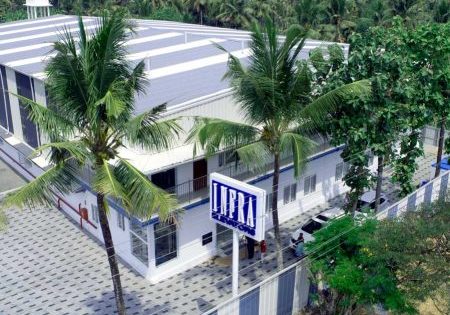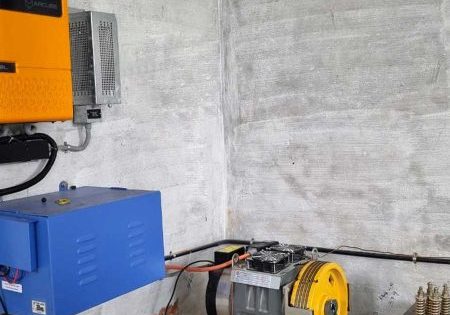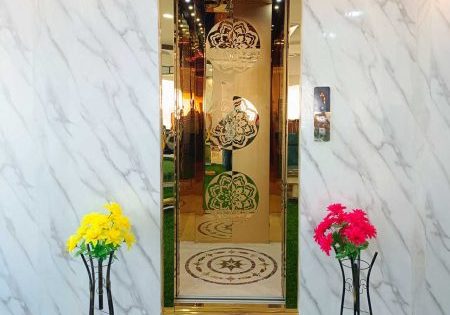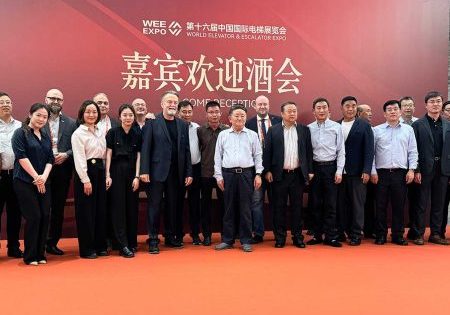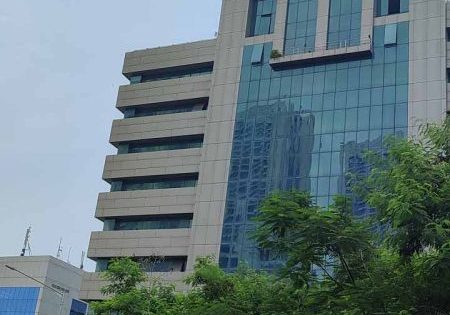India can expand the scope for “Made in India” VT across domestic and international markets.
India, the third-biggest economy with the fifth position in the world Gross Domestic Product (GDP) ranking, fourth-biggest market share in the world and a world leader in the digital economy, is moving ahead with tremendous speed toward becoming a global leader in almost all fields.
The same can be witnessed through our increased manufacturing capabilities of defense equipment, mobile units, steps taken in semiconductor manufacturing, space, underwater and underground activities and a number of other products and services.
In fact, India is now exporting defense equipment, mobile units, space services, software, automobiles and many other products and services to the world market.
The elevator and escalator business is also not an untouched field for Indian entrepreneurs.
Our present contribution to the world elevator market is very negligible. Worldwide, new elevator business is considered to be around US$94.05 billion and expected to be US$167.62 billion by 2032. However, the Indian contribution is only US$9.44 million.
The global elevator components market is estimated at US$52.68 billion in 2024 and is expected to reach around US$118.44 billion by 2033. The Indian contribution to the spares business is only 0.3% of the total requirement.
Several players worldwide are contributing to this international elevator market. The main contributor is China. Most multinational elevator companies have set up their manufacturing units in China because of the availability of low-cost raw materials in required quantities and the availability of a cheap workforce. These companies are supplying their own units in other parts of the world, in turn contributing much to China’s export business. This could be the main reason for China contributing the maximum to the world elevator business.
How can India become a world leader in elevator manufacturing? To understand this, we need to study why China is the world leader in elevator manufacturing and worldwide supply.
China has huge iron ore resources, which helps it to manufacture steel ropes, machines, motors and guide rails in good quantity and at very low cost.
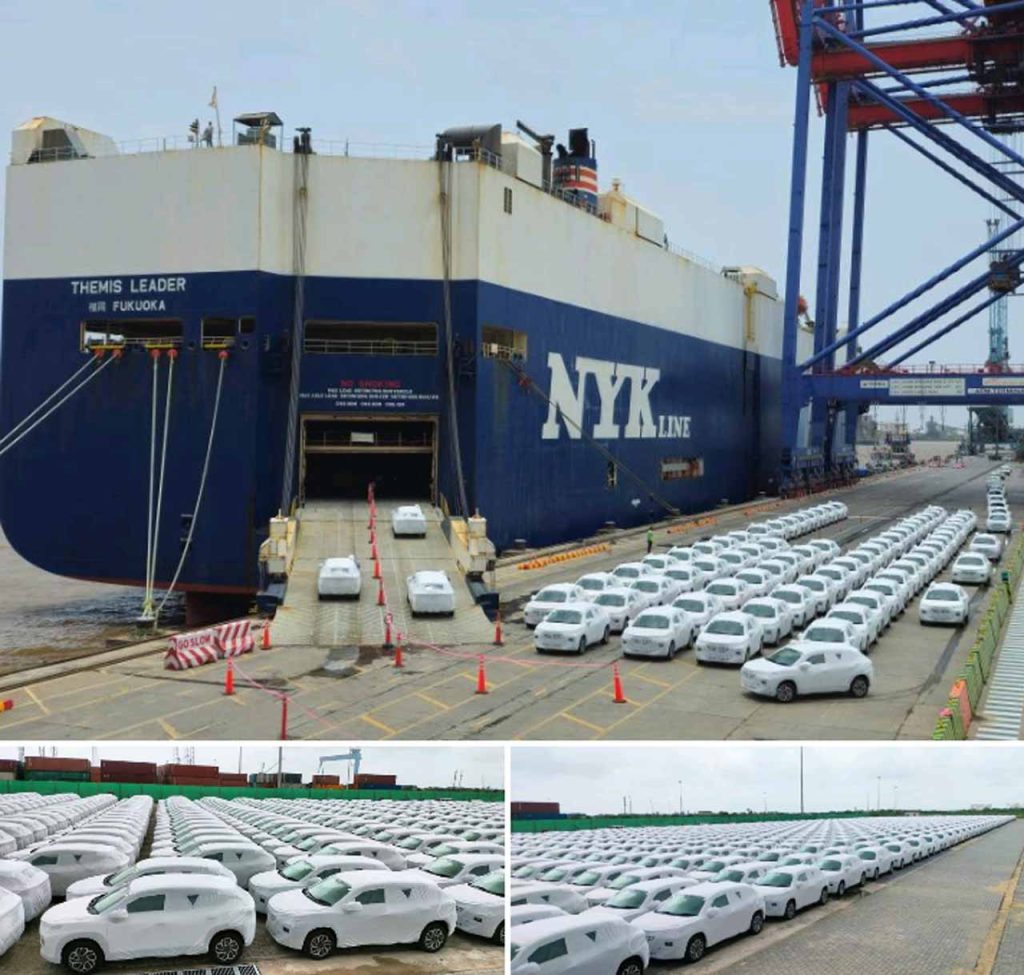
Electronic components are also very cheap because of the availability of raw materials and cheap workforce.
Once things change in favor of the domestic elevator manufacturing industry, elevator companies will focus on increasing production and exporting it to other parts of the world.
Can India beat China on these accounts? The answer is certainly “Yes.”
Let us study and plan to strengthen our position in the elevator business.
Our strengths:
- Easy acceptance of the Indian rupee by several countries
- Easy acceptance of Indian products
- Increased reliability of Indian products and services
- Transparencies in doing business transactions
Where we need to improve:
Our government needs to create favorable policies with regard to:
- availability of land for manufacturing units at reasonable prices
- local transportation facilities
- easy and fast connectivity
- export incentives
- business-friendly export policies
- tax incentives
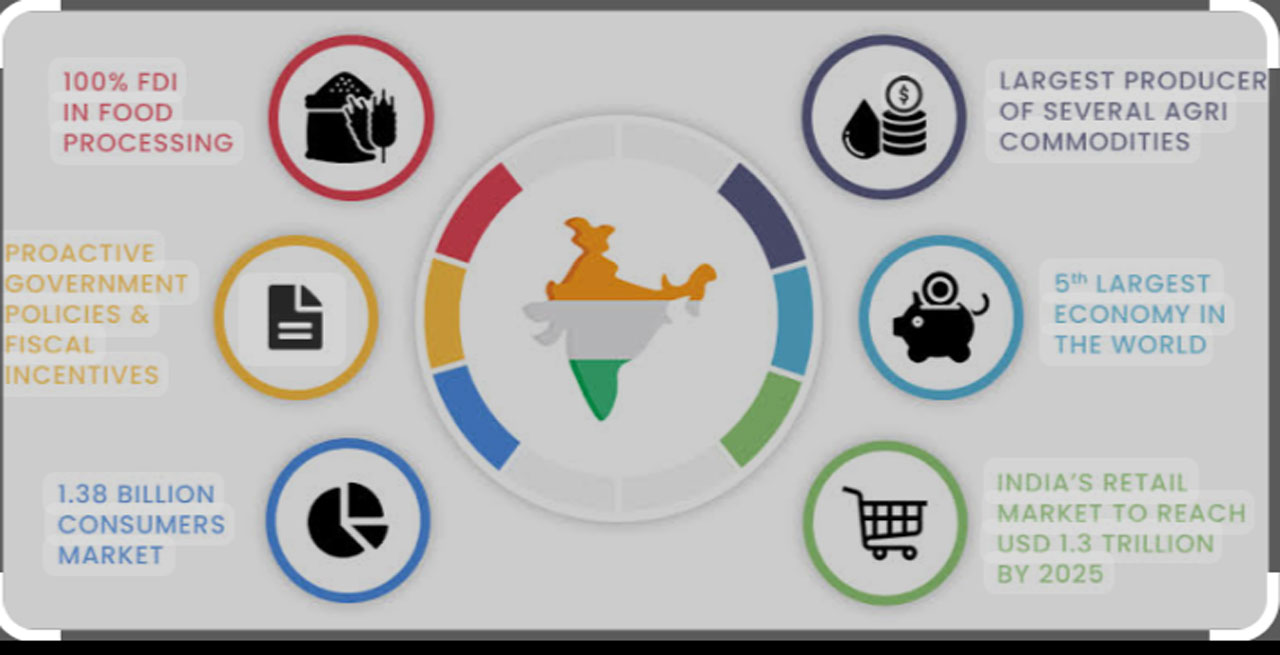
Most international brands have manufacturing units in India to meet their local requirements. What they need to do is expand their capacities to increase production and exports. This can be possible if they find the products manufactured by them are cheaper compared to what they get from another part of the world.
Once things change in favor of the domestic elevator manufacturing industry, elevator companies will focus on increasing production and exporting it to other parts of the world.
The signs are visible now. KONE India is providing R&D support to its parent company. In addition, KONE India provides equipment for its setups in other parts of the world.
Get more of Elevator World. Sign up for our free e-newsletter.
